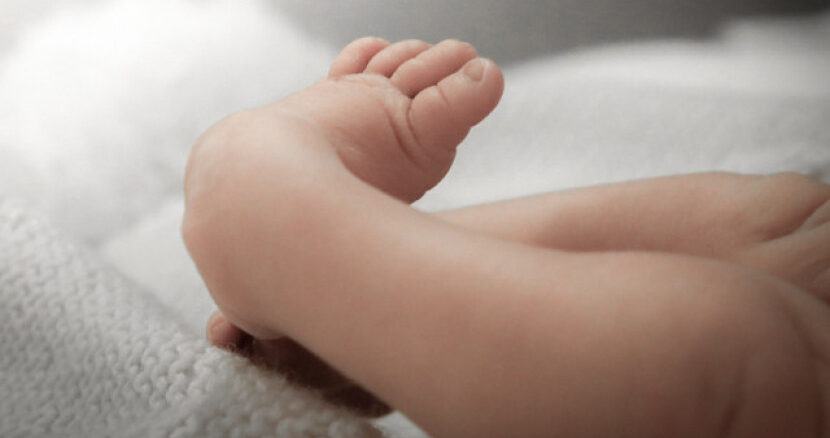Clubfoot, also known as congenital talipes equinovarus (CTEV), is a common congenital condition that affects the shape and positioning of a baby’s foot. While the exact cause of clubfoot remains unclear, a combination of genetic, environmental, and developmental factors is believed to play a role. Understanding these key factors can shed light on this condition and help parents seek timely and effective treatment.
1. Family History
Genetics plays a significant role in the development of clubfoot. If a parent, sibling, or close relative has had clubfoot, the likelihood of the condition being passed on to the baby increases. Research has identified specific genetic markers that may predispose a child to this condition. However, clubfoot often occurs sporadically, even in families without any history of the disorder.
2. Congenital Conditions
Clubfoot is sometimes associated with other congenital conditions, such as spina bifida or arthrogryposis. These conditions can affect the development of the musculoskeletal and nervous systems, contributing to abnormalities in the baby’s feet. In such cases, clubfoot is considered a part of a broader syndrome that requires comprehensive medical evaluation and care.
3. Smoking During Pregnancy
Smoking during pregnancy has been linked to an increased risk of clubfoot. Studies suggest that the toxins in cigarettes can interfere with fetal development, including the formation of the baby’s musculoskeletal system. This is one of many reasons why quitting smoking is highly recommended for expectant mothers to ensure optimal prenatal health.
4. Low Amniotic Fluid
Amniotic fluid plays a crucial role in the healthy development of a baby’s limbs by providing a cushion and allowing free movement in the womb. Low levels of amniotic fluid (a condition known as oligohydramnios) can restrict movement and result in positional deformities, including clubfoot. Monitoring amniotic fluid levels during pregnancy can help identify and manage this risk factor.
Conclusion
While the precise cause of clubfoot remains uncertain, a combination of genetic predisposition, congenital conditions, environmental influences, and developmental factors contributes to its occurrence. Early diagnosis and treatment are essential to correcting the condition and ensuring normal functionality of the feet. With advanced techniques like the Ponseti method and surgical options, children born with clubfoot can lead active, healthy lives. If you have concerns about clubfoot or other pediatric orthopedic conditions, consulting a specialist like Dr. Sameer Desai can provide the guidance and care your child needs.


